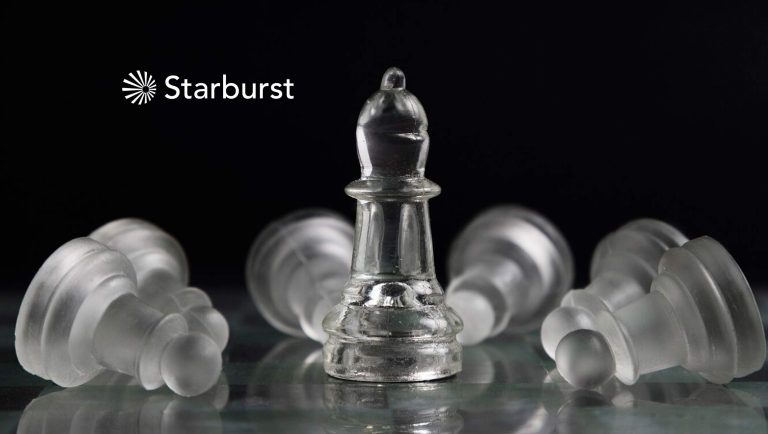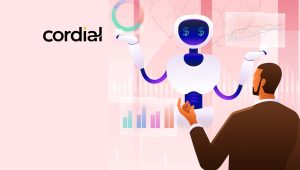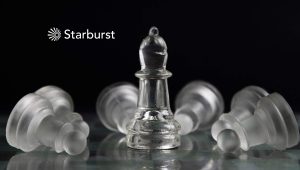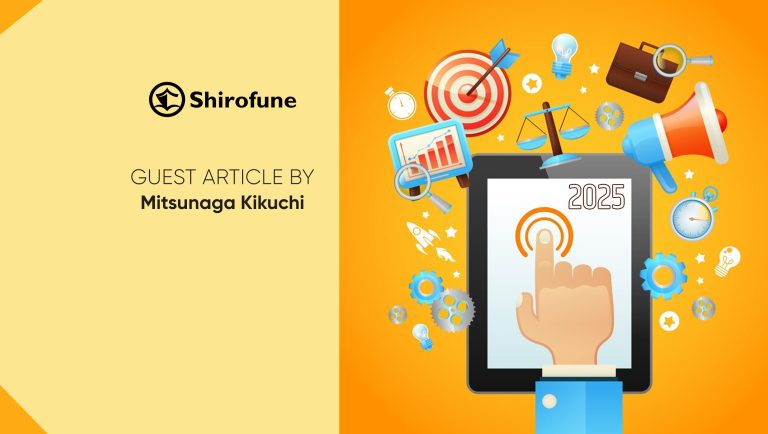![]() Every marketer strives to create a funnel that runs smoothly. After all, their investment of time and money to build funnels that attract, nurture, qualify, and convert leads to customers should deliver high ROI.
Every marketer strives to create a funnel that runs smoothly. After all, their investment of time and money to build funnels that attract, nurture, qualify, and convert leads to customers should deliver high ROI.
The reality, however, is that few marketers have funnels that perform flawlessly, even some of the time. There is almost always some “friction” in the funnel that limits or prohibits the free flow of leads from attraction to engagement to conversion. Of course, most marketers would agree that it’s easier to attract leads to the top of the funnel and the process gets more challenging as the lead moves through the funnel. But where exactly do things go awry and how can marketers get ahead of it?
To better understand the friction, and more importantly, identify ways to address it, a recent survey by Demand Metric and GetResponse took a closer look at friction at each stage of the funnel. The survey also looked at which Digital Marketing tactics are most effective at addressing these issues at every stage in the funnel.
Read more: Stop Overlooking the Upper Funnel
Right off the bat, three key takeaways from the survey are as follows:
- Fewer than 20 percent of marketers report having strong or complete integration of the top, middle and bottom of the funnel.
- Fewer than 30 percent have a precise understanding of the ROI of Marketing funnels.
- Fewer than 20 percent of marketers report most to full automation for any part of the funnel.
What this means is Marketing funnels remain an ideal strategy. However, they’re not delivering in the way that marketers need or expect. Let’s take a closer look at some of the causes for friction in the funnel.
Marketing Tactics at Each Funnel Stage
It would stand to reason that the best performing Marketing channels are the ones that are most often used. Yet the survey reveals something different. According to the survey, when it came to the top of the funnel, the best performing online marketing tactics are Referral Marketing, Events Marketing and Content Marketing. However, the channels that were most often used were Email Marketing, Owned Media, and Events Marketing.
In the middle of the funnel, the best performing tactics are, in-rank order, Referral Marketing followed by a tie between Email Marketing and Events Marketing. Yet the Marketing channels most often used at this stage of the funnel are Email Marketing, followed by Owned Media, and then Content Marketing.
At the bottom of the funnel, the Marketing tactics that are the strongest performers are Referral Marketing, Events Marketing and Video Marketing. When it came to this stage of the funnel, the most used tactics are Email Marketing, followed by a tie between Events Marketing and Referral Marketing.
Also important to note is that as leads move further into the funnel, the usage of Marketing tactics decreases, not increases. At this stage, the channel that saw the most consistent and heaviest use is Email Marketing. This was followed by third-party endorsements such as referrals, online reviews, and one-to-one selling.
Yet that doesn’t mean that email is the only way to go. There are variables contingent upon the products or services being sold, the channels they’re sold in, and the Marketing vehicles used to attract, engage and convert those customers.
Analysis, Automation and Integration Key to Funnel Success
These insights are meant to be a good gauge for better understanding funnel friction. Still, for every marketer building a funnel, it’s important to analyze the tactics that best reflect the behavior of your customers at each stage.
Regardless of the mix of Marketing tactics and channels that are employed throughout the Sales cycle, the survey shows that automating the funnel can almost double campaign performance results. Moreover, integrating the funnel can yield 3X performance gains.
Read more: Performance-To-Pay for Scaling Partner Marketing Programs





















